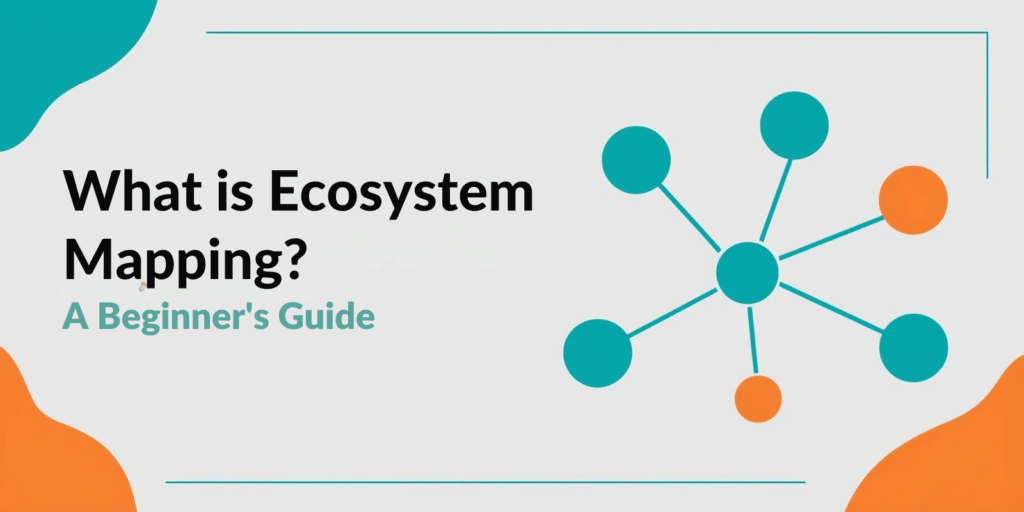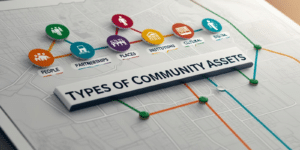Ecosystem mapping is an essential tool for organizations, businesses, and communities seeking to understand, visualize, and optimize their networks of relationships. Whether you’re working in healthcare, economic development, environmental sustainability, or any collaborative sector, ecosystem mapping helps you see how different players interact and contribute to a shared goal.
In this guide, we’ll break down what ecosystem mapping is, why it matters, and how you can start using it effectively to drive impact in your work.
Table of Contents
What is Ecosystem Mapping?
A Definition:
Ecosystem mapping is the process of visually representing the key entities (organizations, individuals, stakeholders) within a system and their interconnections. This can include:
- Organizations and Institutions (e.g., government agencies, nonprofits, businesses)
- People and Stakeholders (e.g., community leaders, customers, funders)
- Resources and Assets (e.g., funding sources, expertise, technology)
- Flows of Information, Influence, and Collaboration
By creating a map of these connections, you can analyze gaps, identify strengths, and uncover opportunities for growth within the ecosystem.
Why is Ecosystem Mapping Important?
Ecosystem mapping isn’t just about creating a diagram—it’s about making informed decisions based on network insights. Here are some key benefits:
1. Improves Collaboration
Understanding how stakeholders interact helps reduce silos, foster partnerships, and align efforts toward common objectives.
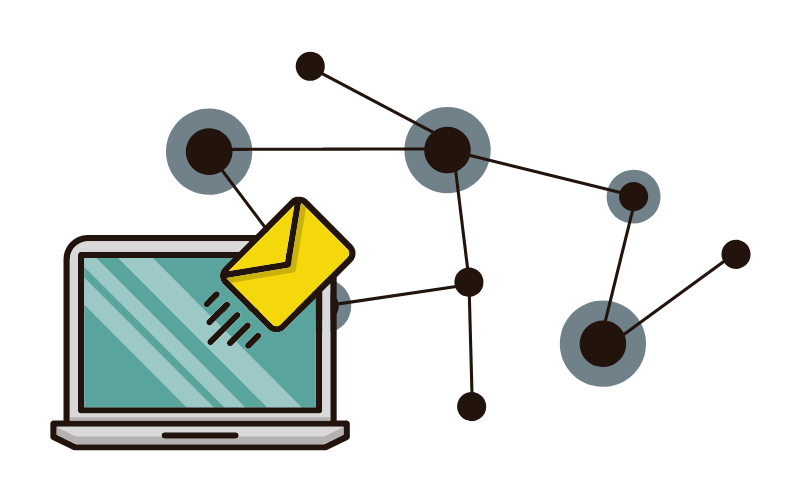
Get our monthly newsletter with resources for cross-sector collaboration, VNL recommended reading, and upcoming opportunities for engaged in the “network way of working.”
2. Identifies Gaps and Opportunities
By visually mapping relationships, you can spot missing connections, underutilized resources, and areas where new partnerships could be beneficial.
3. Enhances Strategic Decision-Making
Leaders can use ecosystem maps to prioritize investments, allocate resources effectively, and strengthen key relationships.
4. Strengthens Network Resilience
A well-connected ecosystem is more adaptable to change. Mapping helps ensure that relationships are diverse and not overly dependent on a few key players.
5. Demonstrates Impact
Funders, policymakers, and stakeholders can see the reach and effectiveness of a network through an ecosystem map, which is useful for reporting and advocacy.
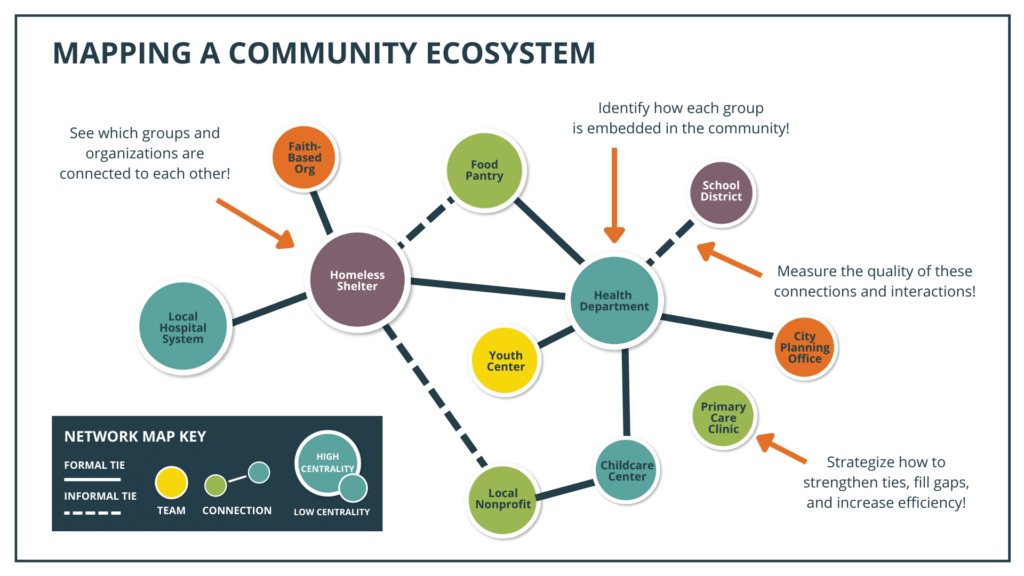
Types of Ecosystem Maps
Not all ecosystem maps look the same. The type of map you choose depends on your goals and the kind of relationships you want to highlight.
1. Stakeholder Map
Purpose: Shows the key organizations and individuals involved in a system, their roles, and influence.
Use case: Policy advocacy, partnership building, nonprofit collaboration.
2. Network Map (Social Network Analysis – SNA)
Purpose: Focuses on the relationships between entities, analyzing connection strength, frequency, and trust.
Use case: Community-based initiatives, innovation ecosystems, collaboration networks.
3. Resource or Assets Map
Purpose: Tracks how resources (funding, knowledge, services) move between organizations.
Use case: Grantmaking strategy, economic development, supply chain analysis.
4. Influence and Power Map
Purpose: Highlights key decision-makers, influencers, and power dynamics in a system.
Use case: Advocacy, policy change, stakeholder engagement.
5. Geographic/GIS Map
Purpose: Maps organizations and stakeholders based on geographic location and regional interactions.
Use case: Place-based initiatives, urban planning, community development.
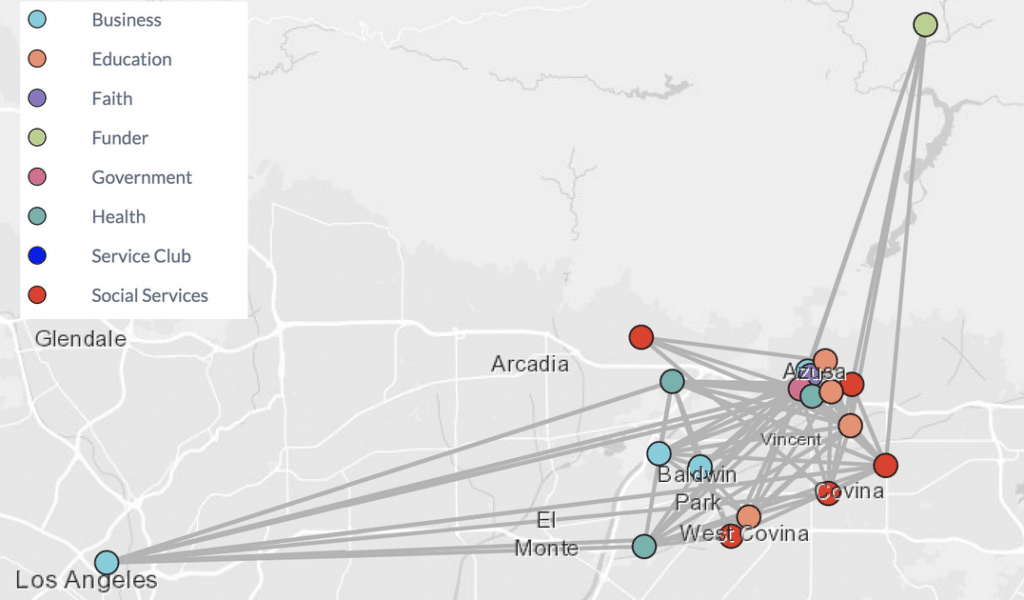
How to Create an Ecosystem Map
Creating an ecosystem map doesn’t always require advanced skills or software. Here are the basic steps involved whether your map is on paper or computer-based.
Step 1: Define Your Goal
Consider a couple of key questions and use the answers to guide your process and develop your map:
- What problem are you trying to solve?
- What relationships or dynamics do you want to understand?
- Who can provide important context for this ecosystem?
Step 2: Identify Key Players
List the individuals, organizations, and institutions that make up the ecosystem. Categorize them based on:
- Sector (public, private, nonprofit)
- Role in the ecosystem (funder, service provider, policymaker, etc.)
- Level of influence and engagement
Step 3: Collect Relationship Data
Gather information to identify the relationships across the ecosystem. This includes:
- Who interacts with whom?
- What is the nature of these relationships (collaborative, financial, advisory, etc.)?
- How strong and frequent are these connections?
Step 4: Choose Your Mapping Method
Depending on your budget, tools, and goals, you can make your map by hand or using software:
- Manual Mapping: Drawing diagrams on whiteboards or software like Miro, Lucidchart, or PowerPoint.
- Data-Driven Mapping: Using tools like social network analysis (SNA) software to analyze and visualize relationships.

Step 5: Analyze and Interpret
Look for patterns in your ecosystem map, such as:
- Clusters: Groups that collaborate closely
- Bridges: Entities that connect separate parts of the network
- Gaps: Areas with little to no connection
- Bottlenecks: Over-reliance on a single entity
You can also use network metrics like centrality, density, trust, and value to inform your strategy and generate actionable insights.
Step 6: Take Action & Repeat
Use insights from your map to:
- Strengthen weak ties
- Build new partnerships
- Reduce dependence on key players
- Optimize resource sharing
Keep your ecosystem map updated by repeating the process every 6-12 months on a recurring cycle.

Get our monthly newsletter with resources for cross-sector collaboration, VNL recommended reading, and upcoming opportunities for engaged in the “network way of working.”
Real-World Examples of Ecosystem Mapping
Here are some ideas and inspiration on how different sectors and communities leverage ecosystem maps to drive their collaborative strategies.
Public Health Networks
Hospitals, nonprofits, government agencies, and community organizations work together to provide healthcare services. Mapping their ecosystem helps identify where service gaps exist and where new partnerships could improve health outcomes.
Innovation Ecosystems
Startups, investors, universities, and corporations collaborate to drive innovation. An ecosystem map helps pinpoint who holds key knowledge, where funding flows, and how innovation spreads.
Nonprofit & Philanthropy Networks
Grantmakers, advocacy groups, and service providers need to ensure their funding reaches the right organizations and communities. Ecosystem mapping helps track the impact of funding and collaboration.
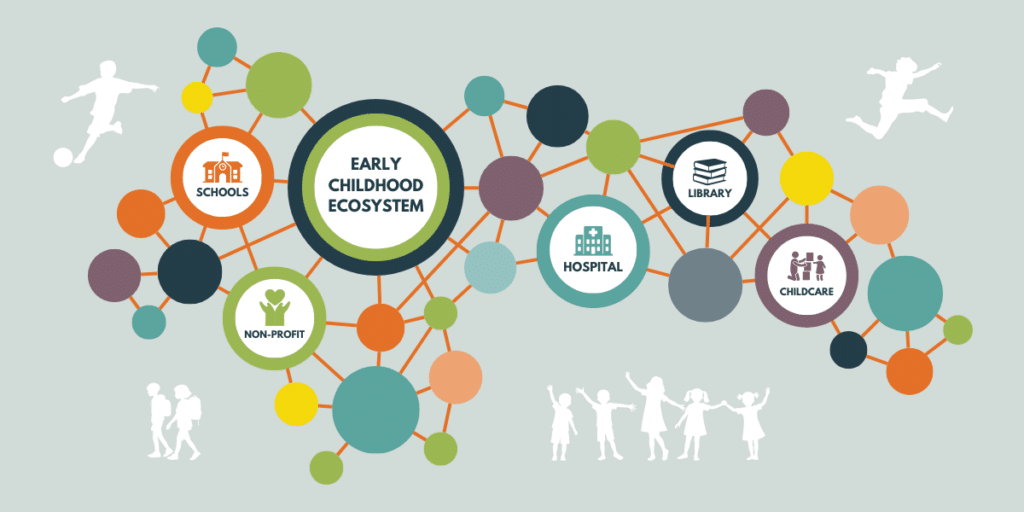
Tools for Ecosystem Mapping
Here are some popular tools you can use to create ecosystem maps:
- Miro / MURAL – Online whiteboards for brainstorming connections
- Lucidchart – Flowchart and diagramming tool
- Gephi / NodeXL – Social network analysis and visualization
- Kumu – Interactive relationship mapping
- ArcGIS – Geographic mapping tool
Ecosystem Mapping & PARTNER CPRM
One of the most powerful tools for data-driven ecosystem mapping is PARTNER CPRM by Visible Network Labs.
PARTNER CPRM (Community Partner Relationship Management) is designed to help organizations:
✔ Collect relational data to understand their ecosystem
✔ Visualize networks using social network analysis tools
✔ Measure trust, value, and collaboration strength
✔ Make strategic decisions to improve partnerships
If you’re looking for an advanced yet user-friendly way to map and manage your ecosystem, PARTNER CPRM is a leading platform in the field.
Click here to request a complimentary web demo with a network science expert.
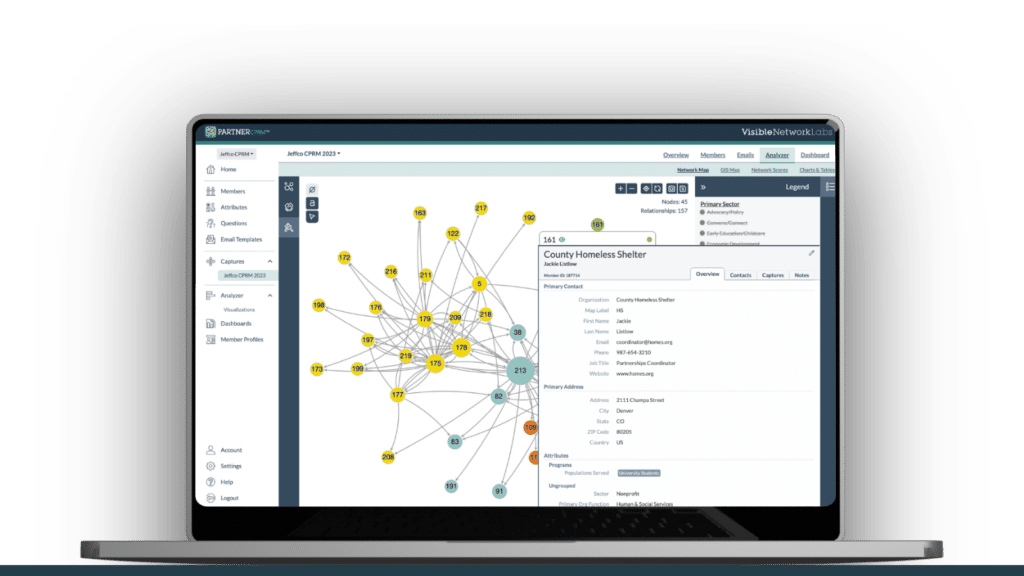
Conclusion: What is Ecosystem Mapping?
Ecosystem mapping is a critical strategy for understanding complex relationships and improving collaboration across sectors. Whether you’re working in public health, business, social impact, or community development, creating an ecosystem map can help you make better decisions, strengthen partnerships, and maximize your impact.
🔹 Want to take your ecosystem mapping to the next level? Explore PARTNER CPRM for data-driven mapping and relationship management solutions.
What’s Next?
Are you interested in creating your own ecosystem map? Start by defining your key players, mapping relationships, and analyzing gaps. Need help? Reach out to ecosystem mapping experts or try a dedicated software tool like PARTNER CPRM!
🚀 Start mapping your ecosystem today and unlock the power of networks! 🚀
